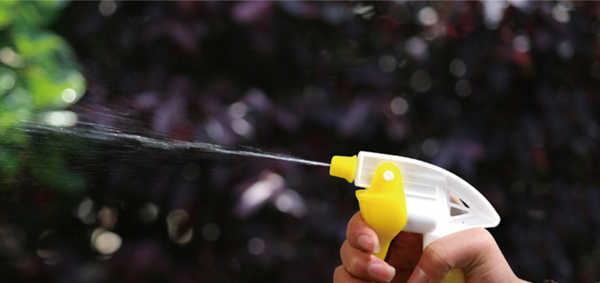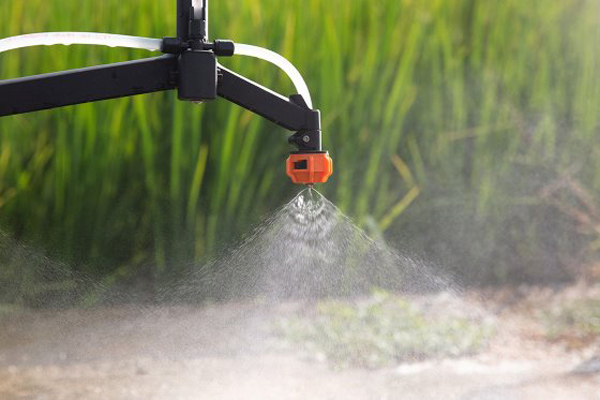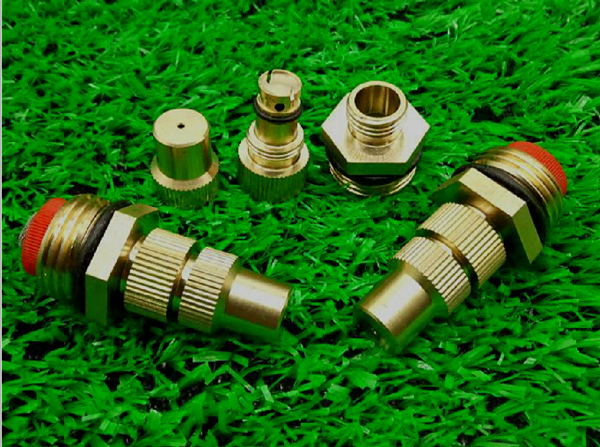Almost all growers now spray crops with plant protection products, so proper use of the sprayer and selection of the right nozzle is required to ensure effective coverage with the least amount of chemicals. This not only reduces environmental impact, but also saves costs.
When it comes to choosing the right nozzle for your field sprayer, the biggest problem is that there are so many options. There is an oversupply of nozzles and it is a fact that there are too many choices, so finding the right nozzle can be challenging.
In fact, the nozzle products on the market are of very good quality. Of the six or so major manufacturers, they all make good products with similar functionality. If the user is looking for a completely better nozzle product, or has some kind of magical function, there may not be such a nozzle at all. Or, if you hear or see a nozzle product claiming to have magical powers, you can completely knock it off the shortlist.

According to many plant protection and pesticide experts, there are generally two main points to pay attention to when choosing a nozzle: the right size droplet and the right nozzle.
First, find a nozzle that produces the right droplet size for the product being applied. In general, a coarser spray works well with almost all crop protection products and reduces drift. All the user needs to do is read the nozzle manufacturer’s spray specification sheet to understand the spray quality. For most major nozzle manufacturers, their product specifications can be found online.
The second step is to choose the right size nozzle. With the growing interest in PWM systems, the size of the nozzle becomes even more important. Pulse width modulation is a new method of measuring the flow of liquid from a nozzle.
The PWM system uses a traditional spray pipe with only one boom and one nozzle per position. Liquid flow through each nozzle is managed by intermittently and briefly closing the nozzles by solenoid valves. A typical pulse frequency is 10 Hz, that is, the solenoid valve closes the nozzle 10 times per second, and the duration that the nozzle is in the “on” position is called the duty cycle or pulse width.
If the duty cycle is set to 100%, it means the nozzle is fully open; a duty cycle of 20% means that the solenoid valve is only open 20% of the time, resulting in a flow of about 20% of the nozzle’s capacity. The ability to control the duty cycle is called pulse width modulation. Almost all field sprayers in major factories today are PWM systems, and about one-third to half of those operating in farm fields are PWM spraying systems.
This may seem complicated, and when the user is in doubt, it is best to consult with your local nozzle retailer or crop protection expert to ensure the correct nozzle is used, saving time and money.









